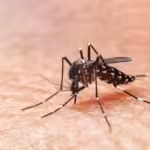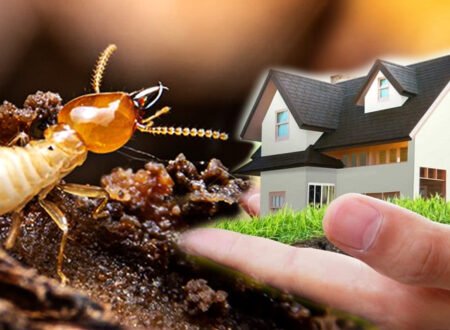Termites are often referred to as “silent destroyers” due to their ability to cause significant damage to homes and structures without immediate detection. Implementing effective termite control strategies is crucial for homeowners and property managers alike. Here are the top ten advantages of termite control:
1. Prevention of Structural Damage
Termites can compromise the structural integrity of buildings by feeding on wood and other cellulose materials. Effective termite control measures prevent infestations before they can lead to costly repairs, ensuring the safety and longevity of the structure.
2. Cost Savings
Investing in termite control is a proactive approach that can save homeowners money in the long run. The costs associated with repairing damage caused by termites can be exorbitant, often surpassing the initial investment in preventive treatments. Regular inspections and treatments help mitigate these risks.
3. Long-Term Protection
Many termite control methods provide long-lasting protection. For instance, liquid termiticides can create a barrier that remains effective for several years, deterring termites from entering the property. This long-term approach reduces the frequency of treatments needed.
4. Health Benefits

Termites can contribute to health issues by promoting mold growth in damp areas they infest. By controlling termite populations, homeowners can reduce health risks associated with mold and allergens, creating a safer living environment.

5. Increased Property Value
A property that is free from termite damage is more attractive to potential buyers. Regular termite inspections and treatments can enhance property value, making it easier to sell or rent36. Buyers are often wary of homes with a history of infestations.
6. Peace of Mind
Knowing that your property is protected from termites provides peace of mind for homeowners and property managers. This assurance allows occupants to focus on other aspects of home maintenance without the constant worry of potential infestations.
7. Environmental Considerations
Modern termite control methods include environmentally friendly options, such as biodegradable termiticides that have low toxicity to humans and non-target organisms35. This focus on sustainability helps minimize the ecological impact while effectively managing termite populations.
8. Comprehensive Treatment Options
There are various treatment methods available, including liquid termiticides, bait systems, and fumigation, allowing for tailored solutions based on specific infestation types and severity14. Homeowners can choose the most suitable method for their unique situation.
9. Reduced Risk of Fire Hazards
Termites can damage electrical wiring within walls, increasing the risk of electrical fires. Effective termite control reduces this hazard by preventing infestations that could lead to such damage24. Maintaining a pest-free environment contributes to overall safety.
10. Professional Expertise
Engaging professional pest control services ensures that treatments are applied effectively and safely. Professionals have the expertise to identify potential infestation signs and implement appropriate measures before problems escalate16. Their knowledge enhances the effectiveness of control strategies.

Conclusion
The advantages of termite control extend beyond mere pest management; they encompass financial savings, health benefits, environmental considerations, and peace of mind. By investing in effective termite control measures, homeowners can protect their properties from significant damage while ensuring a safe living environment for themselves and their families. Regular inspections and timely interventions are key components in maintaining a termite-free home, making it essential for all property owners to prioritize these practices.
Contact Us!
For reliable and professional termite control, Makhdoom Services is your trusted partner. Our team of experts uses advanced techniques and eco-friendly solutions to protect your property from the damaging effects of termites. With years of experience in the industry, we offer thorough inspections, customized treatment plans, and ongoing prevention strategies to ensure your home or business remains safe and secure. Don’t wait until termites cause costly damage—contact Makhdoom Services today for a comprehensive termite control solution that provides peace of mind and long-term protection. Reach out now to schedule your consultation and take the first step toward a pest-free future.






2 Comments
Comments are closed.